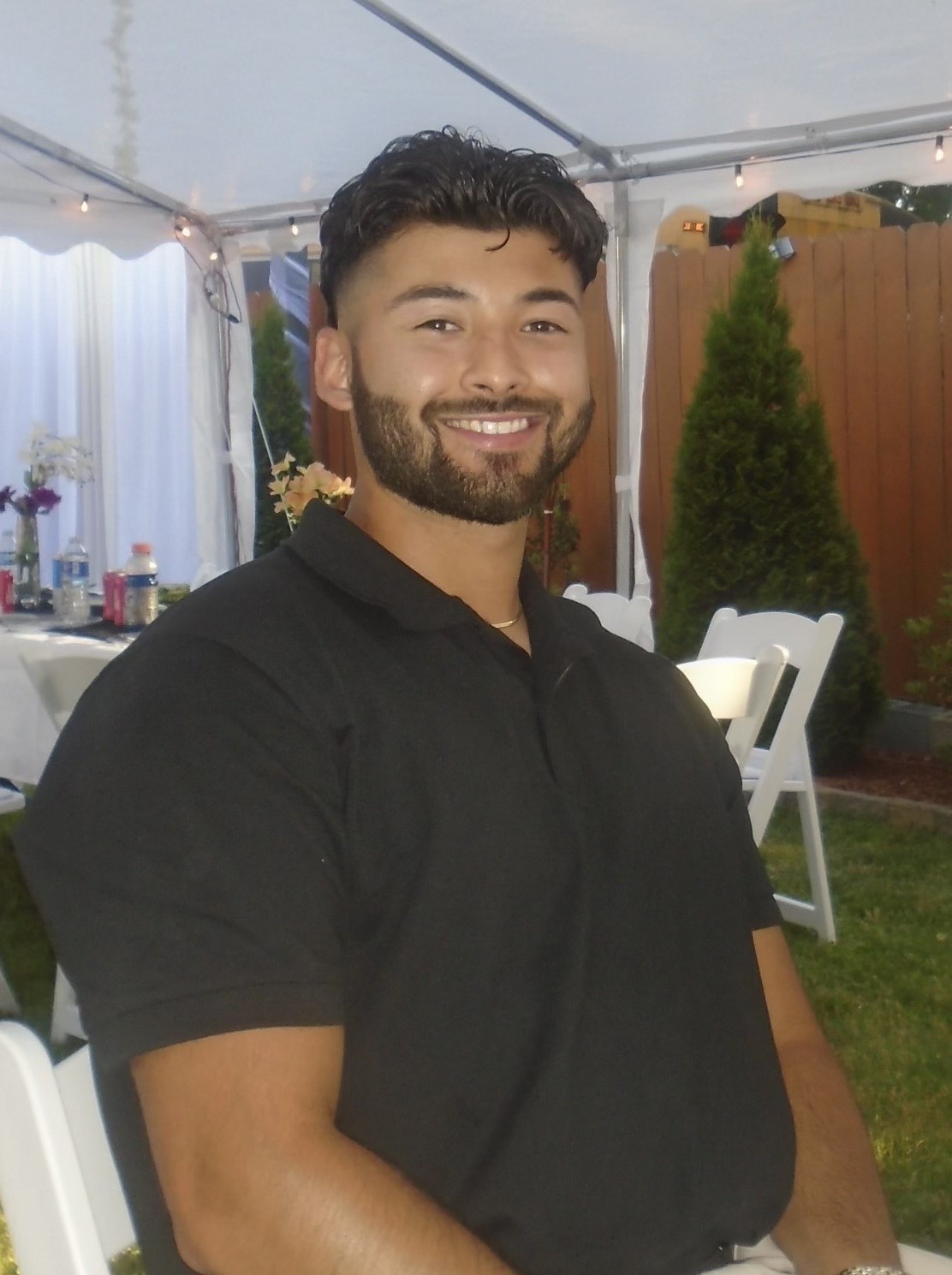Alright – so today we’ve got the honor of introducing you to Gabriel Monterrosa. We think you’ll enjoy our conversation, we’ve shared it below.
Gabriel, thanks for joining us, excited to have you contributing your stories and insights. Learning the craft is often a unique journey from every creative – we’d love to hear about your journey and if knowing what you know now, you would have done anything differently to speed up the learning process.
My journey in architecture began in high school, where I was fortunate to take architecture-focused courses that introduced me to the fundamentals of design, drafting, and spatial thinking. This early exposure laid the groundwork for my passion and helped ease my transition into university-level architecture studies. As I advanced, I continued learning through a combination of studio work, technical courses, hands-on projects, and constant feedback from peers and instructors. I also made it a priority to observe real-world architecture—sketching, analyzing spaces, and absorbing inspiration from buildings around me.
Looking back, one of the most effective ways I could have accelerated my learning would have been to immerse myself earlier in the digital tools used in design practice. Developing fluency in software like AutoCAD, and laser cutting early on would have given me more freedom to explore complex ideas and execute them with clarity. Additionally, taking time to study architectural precedents and theory in greater depth would have helped me make more informed design decisions and draw connections between concept and context more quickly.
Among the most essential skills I’ve developed are creative problem-solving, clear visual and verbal communication, and time management—especially in the fast-paced studio environment. Technical proficiency, particularly in digital modeling and representation, has also been crucial in effectively translating my ideas into compelling architectural proposals.
Of course, the learning process hasn’t been without its challenges. Time constraints often made it difficult to fully explore ideas or pursue independent research alongside coursework. Learning how to receive and apply critique was another key hurdle; early on, it was difficult not to take feedback personally, but with experience, I came to see it as one of the most valuable tools for growth. Limited access to certain resources and tools at times also presented a barrier, but I learned to be resourceful and make the most of what was available.
Overall, my path in architecture has been shaped by curiosity, persistence, and a constant desire to grow—not only as a student, but as someone deeply engaged in shaping the built environment.

As always, we appreciate you sharing your insights and we’ve got a few more questions for you, but before we get to all of that can you take a minute to introduce yourself and give our readers some of your back background and context?
I am Gabriel Monterrosa, currently a 5th year Architecture student. I got to where I am by putting what matters most first, and how I want to get there with an approachable plan.
Let’s talk about resilience next – do you have a story you can share with us?
One of the most defining decisions in my academic journey was choosing to stay an extra year in school. At the time, it felt like a difficult and uncertain choice—most of my peers were preparing to graduate and move on, while I was deciding to pause, reflect, and recalibrate. But I knew that in order to grow both personally and professionally, I needed more time to deepen my skills, refine my portfolio, and gain clarity about the kind of architect I wanted to become.
Rather than seeing the extra year as a setback, I treated it as an opportunity. I used the time to take courses I was genuinely curious about—ones that pushed me outside my comfort zone and helped expand my design thinking. I revisited past projects with a more critical eye, refining them and improving the way I communicated my ideas visually and conceptually. I also focused more intentionally on building technical proficiency, especially in digital modeling and fabrication, which ultimately strengthened the quality of my design work.
More than anything, that year taught me how to trust the pace of my own growth. It reminded me that resilience isn’t just about pushing through challenges, but about making thoughtful decisions even when they diverge from the expected path. In the end, staying the extra year not only improved the strength of my abilities—it also gave me a stronger sense of direction, confidence in my abilities, and a deeper commitment to the discipline of architecture.

What do you find most rewarding about being a creative?
For me, the most rewarding aspect of being an architect—or a creative in architecture—is the ability to shape how people experience space. There’s something deeply meaningful about taking an abstract idea and translating it into a physical environment that others can move through, interact with, and feel connected to. Architecture isn’t just about solving functional problems; it’s about crafting atmospheres, telling stories through form and material, and creating spaces that can inspire, comfort, or challenge.
What makes this especially fulfilling is the layered impact of architectural work. A design might start as a personal creative exploration, but once built, it becomes part of a shared, lived experience. The idea that something I create could contribute positively to a community, respond to a cultural context, or make someone feel more at home—that’s a powerful motivation.
There’s also an incredible joy in the process itself: sketching out rough concepts, testing ideas in models or drawings, hitting setbacks and finding new directions through them. The discipline constantly pushes me to think critically, to collaborate, and to stay open to learning. It’s this ongoing, evolving relationship with creativity—anchored in both imagination and real-world impact—that makes architecture such a rewarding path.



